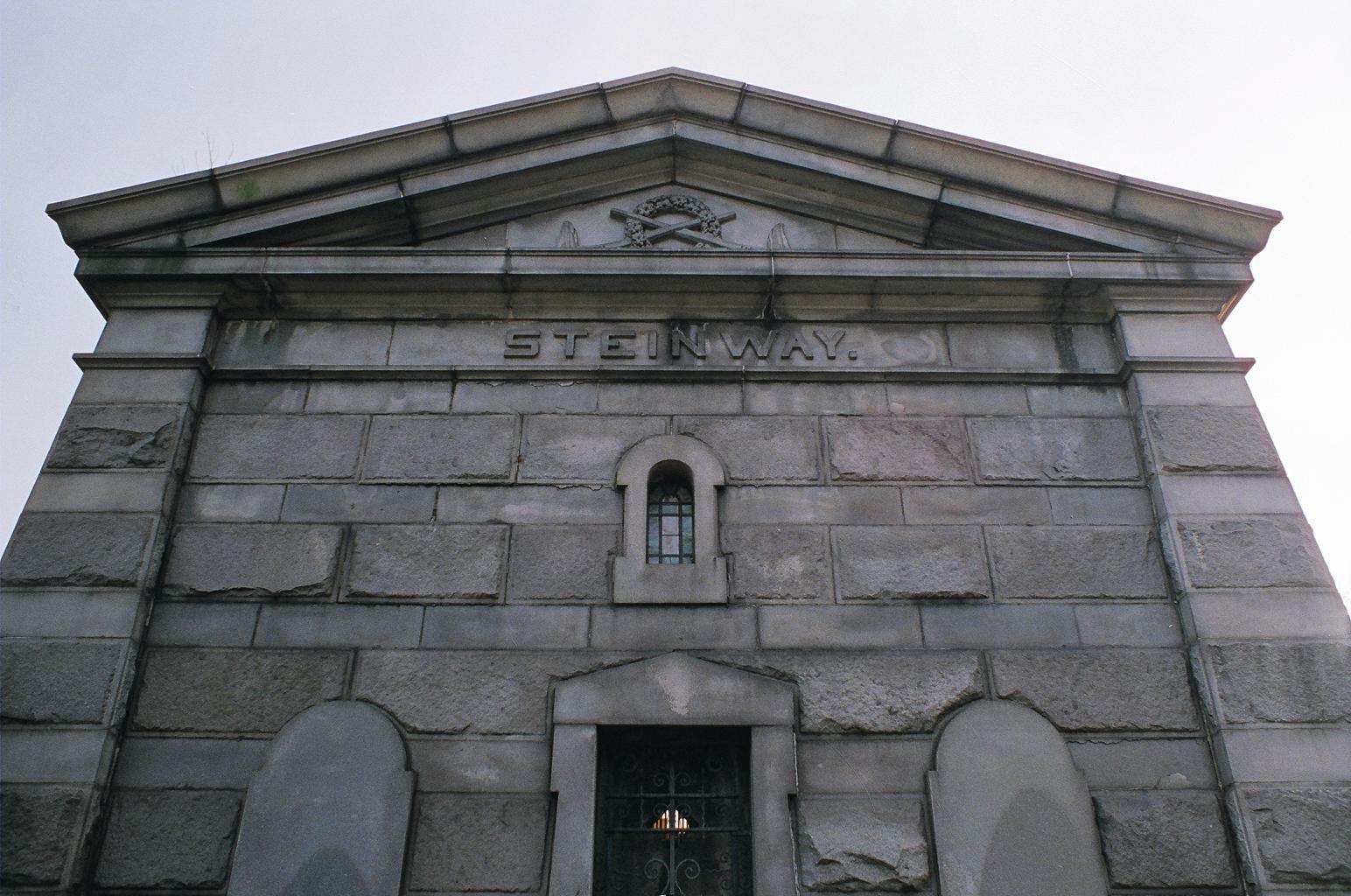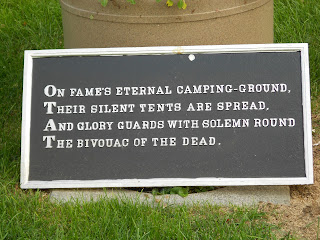At the 1972 funeral of Jackie Robinson, 2,500 people packed Riverside Church in New York City. New York Governor Nelson Rockefeller, NY City Mayor John Lindsay, Baseball Commissioner Bowie Kuhn and NAACP Executive Director Roy Wilkins were just a few of the dignitaries to join family and friends in saying good-bye to the baseball legend. Rev. Jesse Jackson told the 2,500 strong throng that “The body corrodes and fades away, but the deeds live on.” Indeed, the legacy of Robinson, the first African-American to play in Major League Baseball, has never left us. The Georgia-born Robinson was a member of the Negro League when he was recruited by Dodgers VP, Branch Rickey, to help integrate the game of baseball. After playing a few seasons for the Dodgers farm team, Robinson made history on April 15, 1947, when he played his first game for the Brooklyn Dodgers in Ebbets Field. That same year he was named the National League Rookie of the Year and, in 1949, he was its MVP. With Robinson ...








